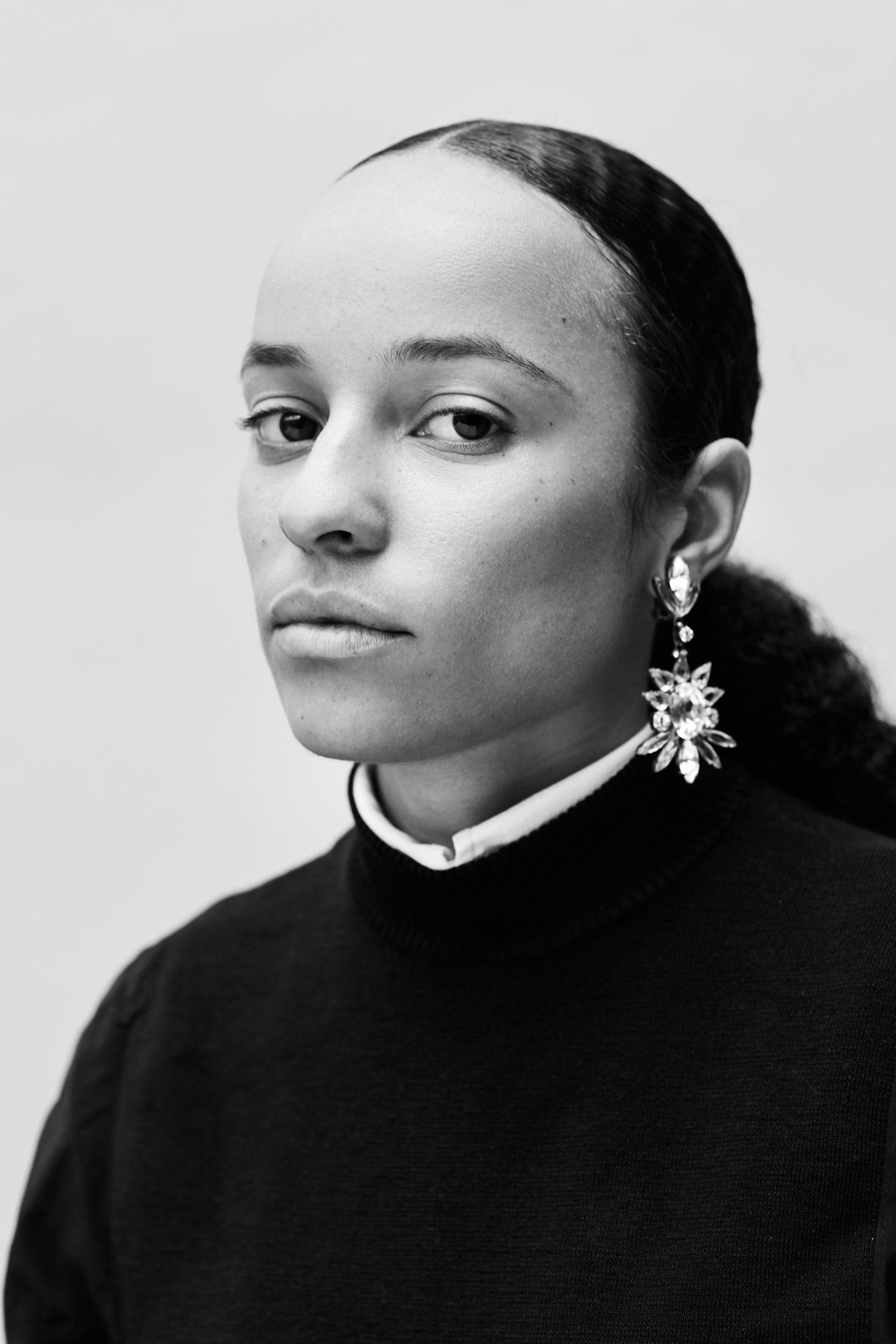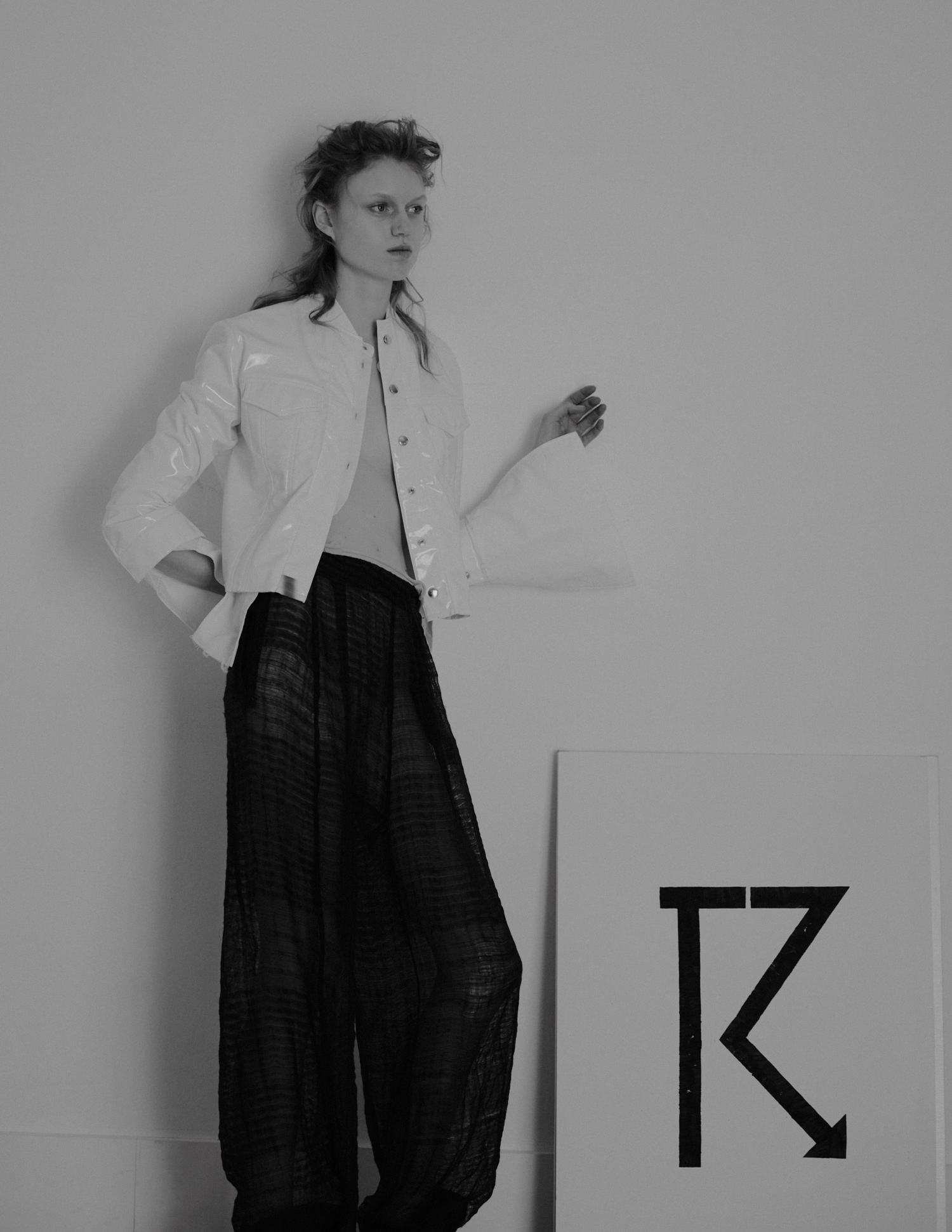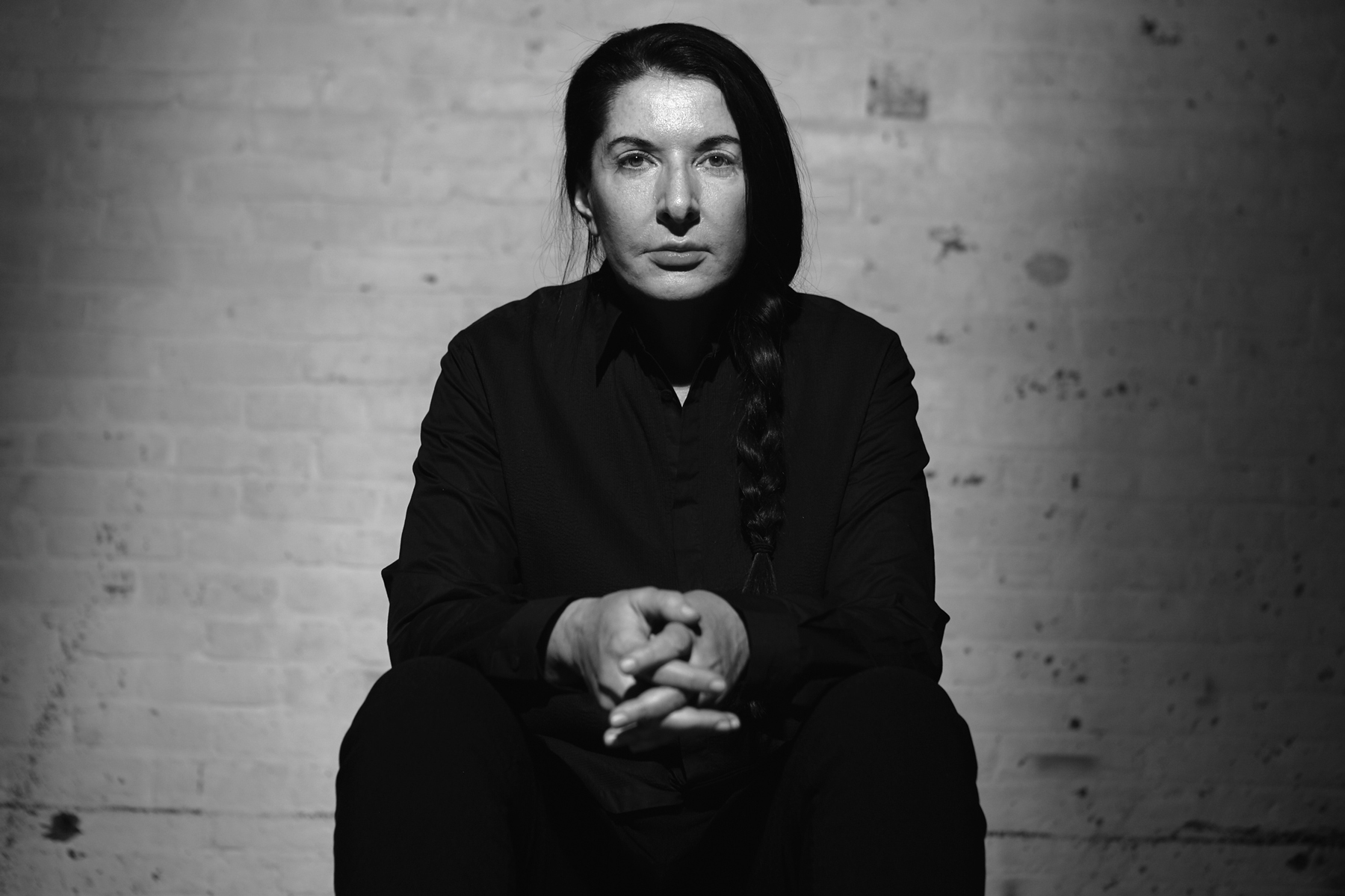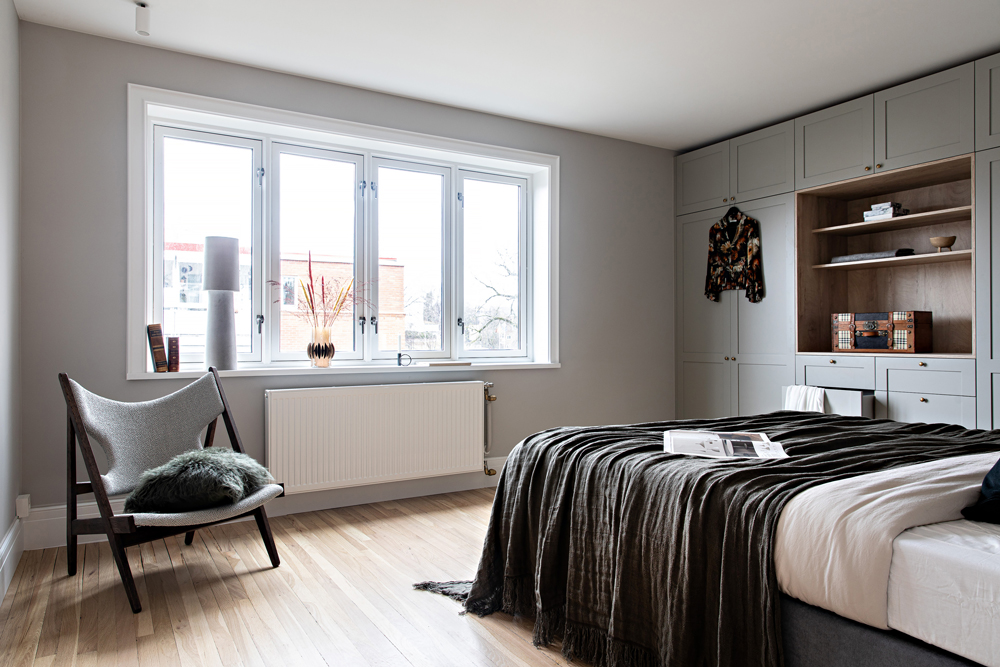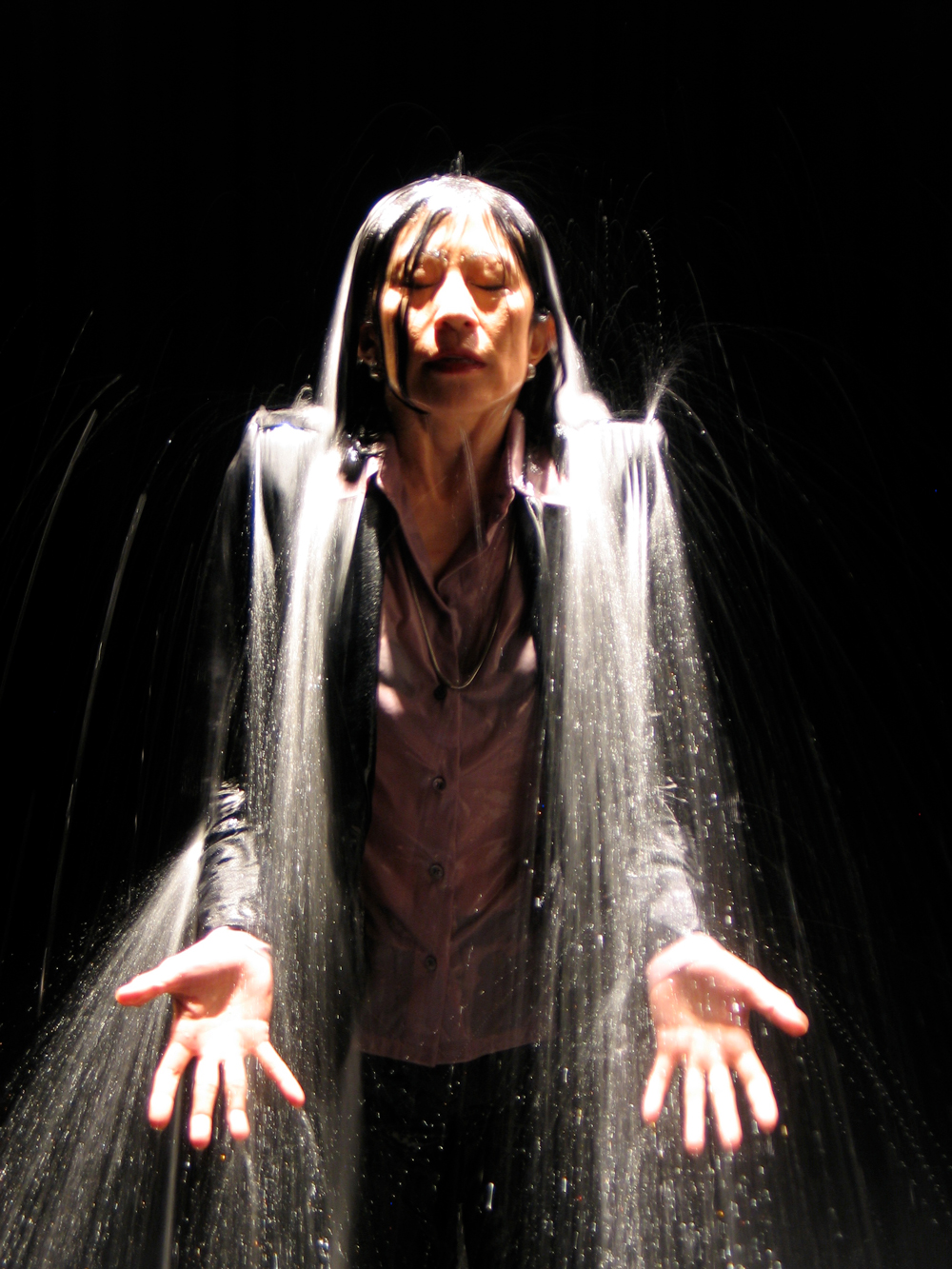Leaving the Umwelt
by Grace Hong
by Grace Hong
“Remember, this is the brush you chose.”
It is sometime in the evening after 7.30pm. Comfortably seated on a bed, I am in a three-bedroom apartment in Brooklyn. The space is clean, cosy, and also empty of personal memorabilia.
Accompanying me is one of Whisperlodge’s collaborators, Pamela, who regales me with a story of unspoken desire turning wayward—as a child, her desperate wish for a guitar amplifier dissipated the moment she spotted one under the Christmas tree. Pamela barely whispers, and amidst the occasional siren of a passing ambulance or her rumbling stomach (which she acknowledges in good humour), the stillness is deafening.
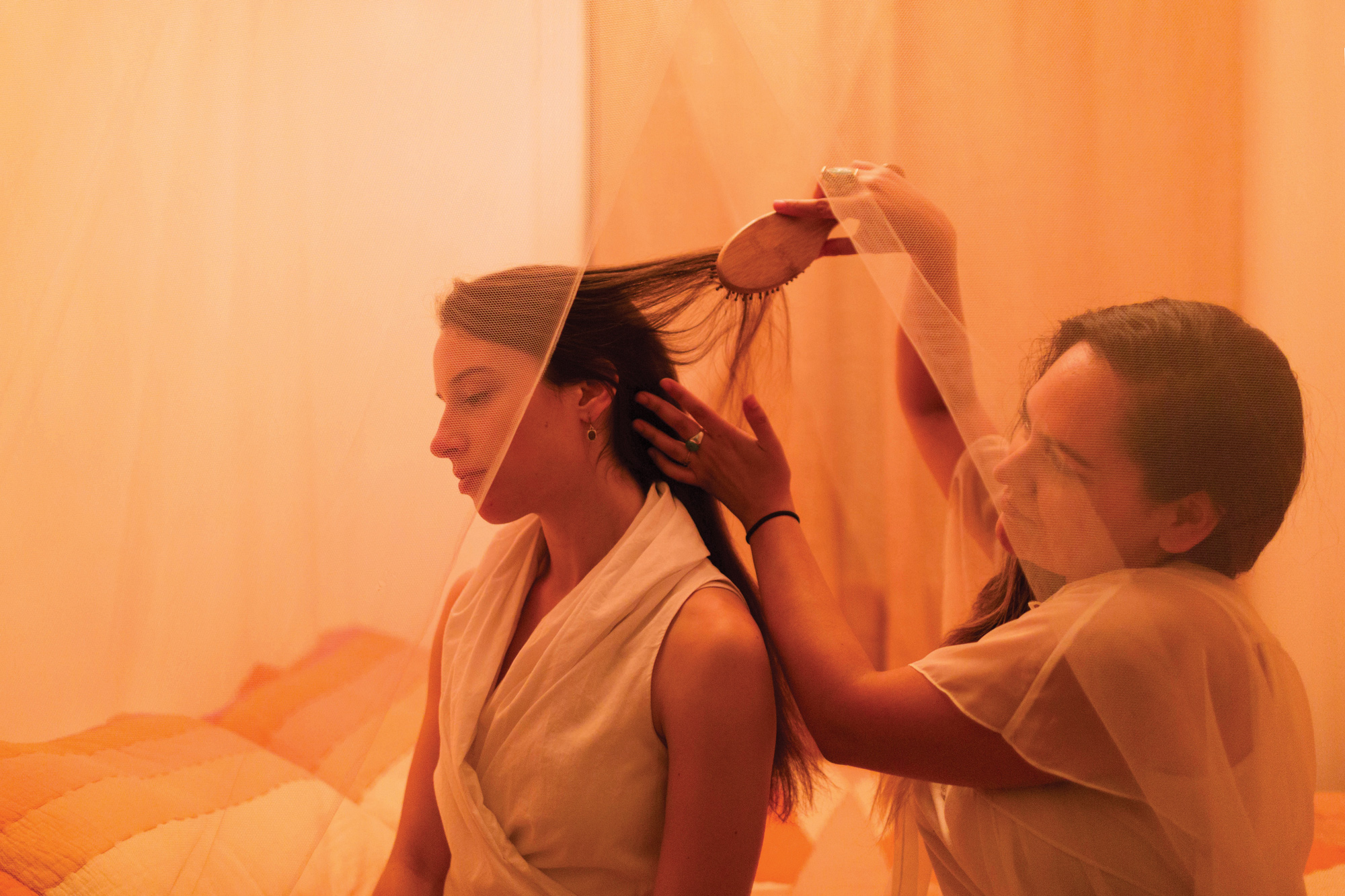
She opens a set of make-up brushes—pristine and new in their plastic covers—and asks me to pick one. I am invited to listen to the gentle swish of the plastic sliding past the brush’s wooden handle, and Pamela’s hard flicks of her finger against the brush. She asks for permission before running the brushes on my hands, encircling my palm and exploring the grooves between my fingers. Who knew the sides of one’s fingers ever felt anything beyond a grip?
This is part of Whisperlodge’s 90-minute show, where individual participants move from room to room traversing the arcs of the show, with each space themed with a narrative and a set of sensory stimulations. Whisperlodge refers to this on their website as “visual, auditory, and haptic treatments designed to relax the body and mind”. Started in New York by co-founders Melinda Lauw and Andrew Hoepfner in 2016, Whisperlodge bills itself as an ASMR spa, which stands for Autonomous Sensory Meridian Response, a term describing the sensory phenomenon of pleasurable tingles from specific triggers, mostly aural. ASMR first gained traction online in 2007 and encompasses various sensations, giving name to the comfort on your scalp when your hair is washed at a salon, or when the hair on your body stands because the music is 'that' good.
Throughout the show, I meet with different collaborators and undergo distinctive ‘treatments’—it is not all crinkling paper or soft voices near my ear, but a fully tactile and mesmeric encounter. In one room, the session with Chia Lynn reenacts a doctor’s visit, as she gently checks my ears and eyes before using a buzzing device with a metal tip to measure my ‘klemtemptrons’ in the nook where my neck meets the collarbones. She remarks that my measurement is way too high for an adult, and is in the range of a small child’s. Her smiling eyes remind me that I am fundamentally undergoing a series of roleplays. It is surreal how satisfying the strange can be, yet it is far from asinine; in trusting my body to lead my responses, whether consciously or not, I find myself awakened to responses, feelings, and situations I never thought to consider.
In 2015, neuroscientist David Eagleman presented a TEDTalk titled “Can we create new senses for humans?” He introduced to the audience the concept of the umwelt, which refers to the world as experienced by a specific organism. The German term means environment or surroundings and was theorised by biologist Jakob von Uexküll and linguist Thomas A. Sebeok in 1909 to present a basic observation that different animals pick up on specific aspects of their surroundings. A dog has a hyper-sensitive nose for smells while a blind and deaf tick relies heavily on temperature and the presence of butyric acid. For humans, the reality we perceive is constrained by our environment, and even then limited by our bodily senses—the eyes that help us avoid a speeding car deny us from a full spectrum of colours. For most, the knowledge of our encumbrance hardly spurs an imagination to surpass; one is fixed in his or her reality. Eagleman finished his presentation by showcasing a vest that allows deaf users to experience sound via sensory stimuli on their backs and chests, therefore expanding their umwelt as they interpret and make use of information from a new source.
When it comes to unveiling new senses for the future, many turn to the umbrella term ‘technology’ as a catch-all for innovations such as body modifications, synthetic biology, artificial intelligence, etc. Our consumption and fascination with episodes of British television series Black Mirror have seemed to cement this trajectory, and the phrase “straight out of a black mirror episode” is now part of the daily vernacular. This conviction in tech—which borderlines a religious faith for some—hearkens the limitations of the umwelt; leaving our current environment for the riveting and imaginative world of tech, and so forth capping our realities at the rate tech can grow. Will it only take the next Elon Musk for us to envision a future beyond him? Instead, Eagleman encouraged the introduction of the umwelt in our lexicon; a way of thought that anchors a lifestyle and transcends disciplines. Art is one such platform, charged with the self-expression of what it means to be human, it unfurls issues, emotions, and messages oft-ignored. Whisperlodge’s use of ASMR is undoubtedly therapeutic and a relief for the busy cosmopolitan, but the willingness of both the collaborators and participants to seek a confrontation of the new is a reification of leaving the umwelt.
In the area of contemporary art, technology has been a welcome boost in the posture of stretching one’s reality. But apart from simply providing interactivity or wonder through powerful displays, the interweaving of art and tech unearths novel ideas. Take for example the Japanese art collective, teamLab, which comprises of more than 400 members including engineers, artists, and designers who create immersive art installations. While making digital art spearheads their manifesto, more significantly the collective builds a harmonious setting for viewers to experience art in the company of others; utilising human presence in a synergetic form that propels the artwork to transform and unravel further. One of teamLab’s most well-known works is Floating Flower Garden (2015), composed of a room full of floating flowers that rise as viewers move, creating bubbles of air pockets dotted across the space. More recently, Ikkan Art Gallery exhibited teamLab’s new work, Continuous Life and Death at the Now of Eternity (2017) which depicts the passage of time through the life of flowers—its stages of budding, blossoming, and withering taking place through the year. The 9-channel vertical tableau is rendered in real time by a computer software, glowing bright or dimming in synchronisation with the dawn and dusk of its location. Our ancient method of comprehending the concept of time through reading nature’s signs comes to the fore, spelling the seasons in pixels. An interactive work, Message Pillar (2016) is a 4-metre virtual tree which grows in girth as viewers send well wishes. Each message sent via the smartphone app forms a virtual, luminous branch; which enables us to see the canopy of communication that passes overhead.
